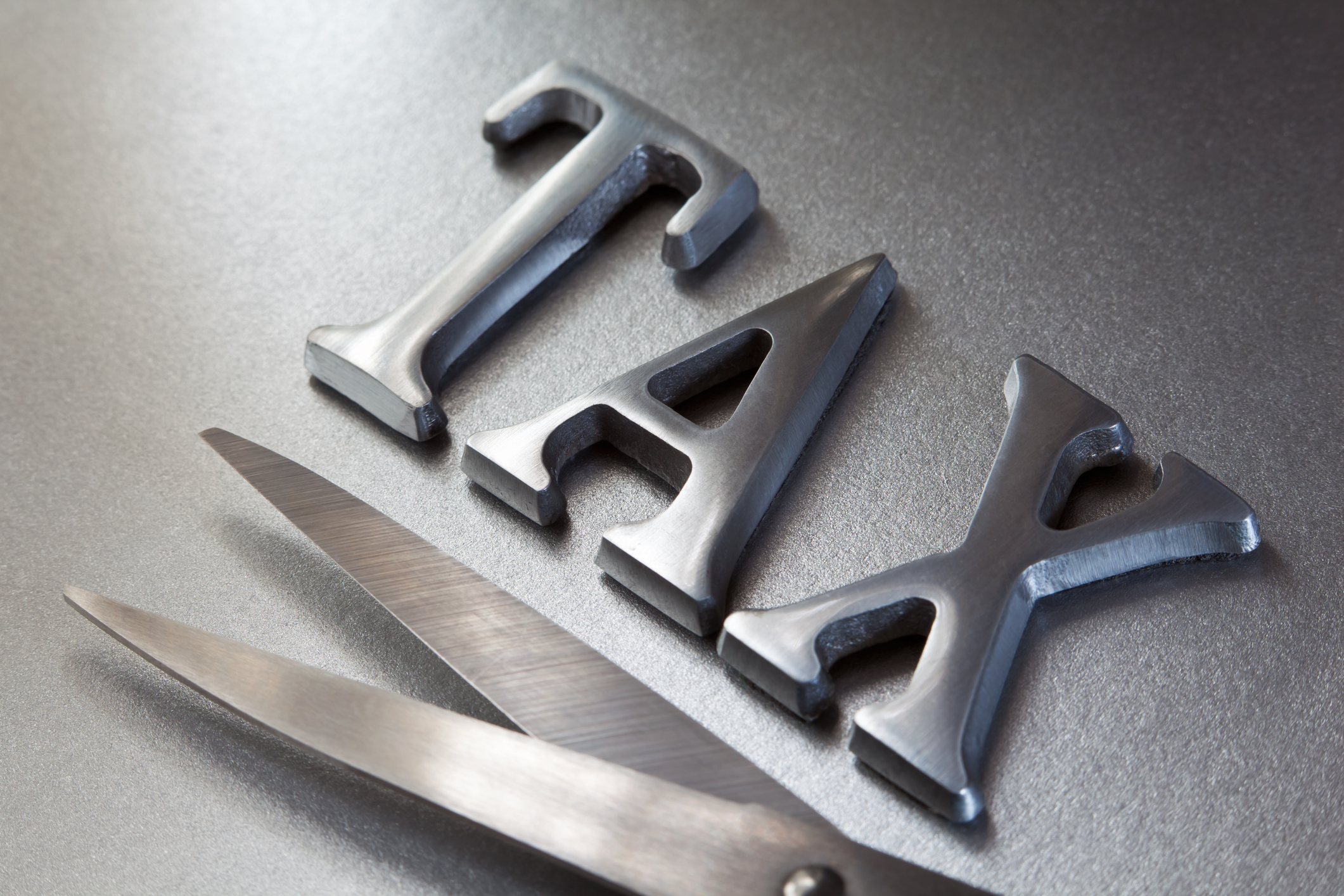Using Savings Bonds to Pay College Costs
Here's what to know about how the interest on savings bonds is taxed when the bonds are used to pay for education expenses.

My older son is starting college in the fall, and I would like to use his Series EE bonds tax-free for his expenses. The way I read the rules, however, I don't think I can. The bonds were purchased by various family members from 1994 through 2001 and have my son listed on the “to” line of the bonds. If I can’t use them tax-free, will the interest be taxed at my son’s rate?
You're correct about missing out on the tax break. To qualify, the bond owner must have been at least 24 years old when the bond was issued and must use the money to pay qualified education expenses for himself, his spouse or a dependent. (Tuition and fees qualify; room and board do not.) In most cases, as in yours, the bonds must be owned by the parent or co-owned by both parents. Because your son is listed as the owner, you can't exclude the interest on your return. (After all, it's not your income.)
The interest subject to tax when the bonds are redeemed should be reported on your son's tax return. He won’t be able to take the tax break by using the money for college costs, either, because the bond owner must be at least 24 years old on the bond’s issue date. Unfortunately, the interest might be taxable at your tax rate rather than your son’s. The “kiddie tax” applies the parents’ rate to a child’s investment income if it exceeds $1,900 this year. The kiddie tax usually disappears when a child turns 18, but it applies to full time students until the year they turn 24.

Sign up for Kiplinger’s Free E-Newsletters
Profit and prosper with the best of expert advice on investing, taxes, retirement, personal finance and more - straight to your e-mail.
Profit and prosper with the best of expert advice - straight to your e-mail.
I bonds and EE bonds issued after 1989 are eligible for the tax break. For 2012, the break starts to phase out if modified gross income is $109,250 or higher for joint returns or $72,850 for single filers and other returns. The break disappears completely when income tops $139,250 for joint returns or $87,850 for others (it’s your income level when you use the money for college expenses that counts, not your income when you originally purchased the bond). For more information about calculating the tax-free amount, see IRS Publication 970, Tax Benefits for Education. Also see the Treasury Department’s Using Savings Bonds for Education. And for more information about saving for college, see Smart Ways to Save for College.
Get Kiplinger Today newsletter — free
Profit and prosper with the best of Kiplinger's advice on investing, taxes, retirement, personal finance and much more. Delivered daily. Enter your email in the box and click Sign Me Up.

As the "Ask Kim" columnist for Kiplinger's Personal Finance, Lankford receives hundreds of personal finance questions from readers every month. She is the author of Rescue Your Financial Life (McGraw-Hill, 2003), The Insurance Maze: How You Can Save Money on Insurance -- and Still Get the Coverage You Need (Kaplan, 2006), Kiplinger's Ask Kim for Money Smart Solutions (Kaplan, 2007) and The Kiplinger/BBB Personal Finance Guide for Military Families. She is frequently featured as a financial expert on television and radio, including NBC's Today Show, CNN, CNBC and National Public Radio.
-
 What Is the Buffett Indicator?
What Is the Buffett Indicator?"It is better to be roughly right than precisely wrong," writes Carveth Read in "Logic: Deductive and Inductive." That's the premise of the Buffett Indicator.
By Charles Lewis Sizemore, CFA Published
-
 This One Area of Americans' Retirement Readiness Gets a Bad Grade
This One Area of Americans' Retirement Readiness Gets a Bad GradeMillions of Americans score poorly on retirement readiness due to this Achilles' heel. Are you prepared?
By Christy Bieber Published
-
 Tax Time: Does Your Kid Influencer Owe Taxes?
Tax Time: Does Your Kid Influencer Owe Taxes?State Tax Some minors are making big money on social media. Here’s how to know if they need to file taxes.
By Gabriella Cruz-Martínez Published
-
 Ask the Editor: Readers' Tax Questions, April 11, 2025
Ask the Editor: Readers' Tax Questions, April 11, 2025Ask the Editor: Taxes, April 11, 2025 — Joy Taylor, The Kiplinger Tax Letter Editor, answers questions on Roth IRAs, RMDs and other retirement accounts.
By Joy Taylor Published
-
 Free IRS Tax Filing for 30 Million People: Will It Continue Under Trump?
Free IRS Tax Filing for 30 Million People: Will It Continue Under Trump?Tax Filing Direct File was piloted last year in 12 states and has since expanded to 25. But some wonder whether the program will last under the Trump administration.
By Gabriella Cruz-Martínez Last updated
-
 Taxpayer Revolt? Why More People Are Avoiding Filing Taxes This Year
Taxpayer Revolt? Why More People Are Avoiding Filing Taxes This YearTax Season It may be tempting to skip filing due to the overwhelmed IRS, but doing so could have financial and legal consequences.
By Kelley R. Taylor Last updated
-
 U.S. Treasury to Eliminate Paper Checks: What It Means for Tax Refunds, Social Security
U.S. Treasury to Eliminate Paper Checks: What It Means for Tax Refunds, Social SecurityTreasury President Trump signed an executive order forcing the federal government to phase out paper check disbursements by the fall.
By Gabriella Cruz-Martínez Published
-
 IRS Layoffs Spark Delays, Doubt This Tax Season
IRS Layoffs Spark Delays, Doubt This Tax SeasonTax Season Tax experts say Trump’s downsizing of the IRS is already causing problems.
By Gabriella Cruz-Martínez Last updated
-
 DOGE Gains More Grip on IRS Amid Leadership Reshuffle
DOGE Gains More Grip on IRS Amid Leadership ReshuffleIRS The IRS acting chief counsel was recently removed from his role, adding to the chaos at the federal tax agency. Here’s what it means for you.
By Gabriella Cruz-Martínez Published
-
 Trump’s Latest Pitch: No Taxes If You Earn Less Than $150K?
Trump’s Latest Pitch: No Taxes If You Earn Less Than $150K?Taxes The Trump administration reportedly wants to eliminate taxes for certain earners.
By Gabriella Cruz-Martínez Last updated